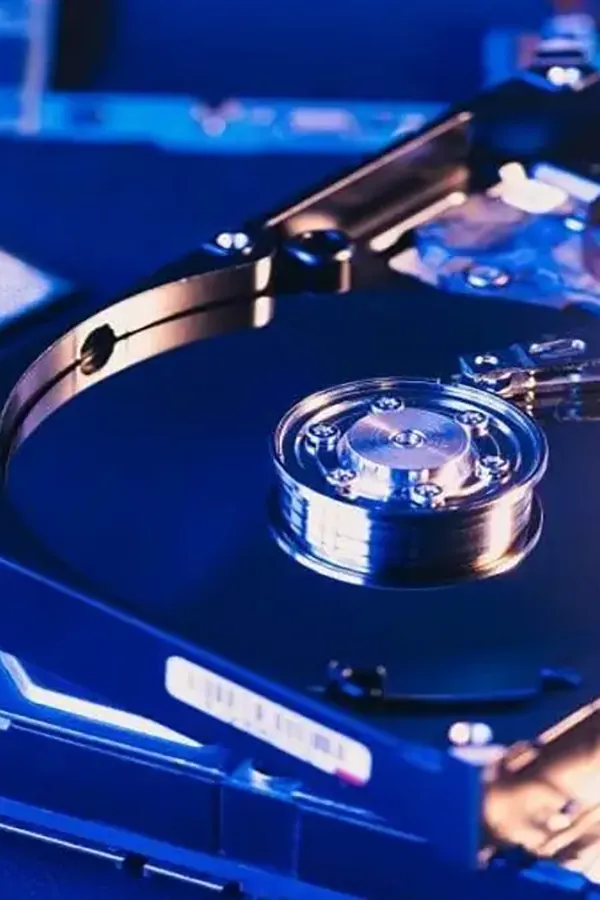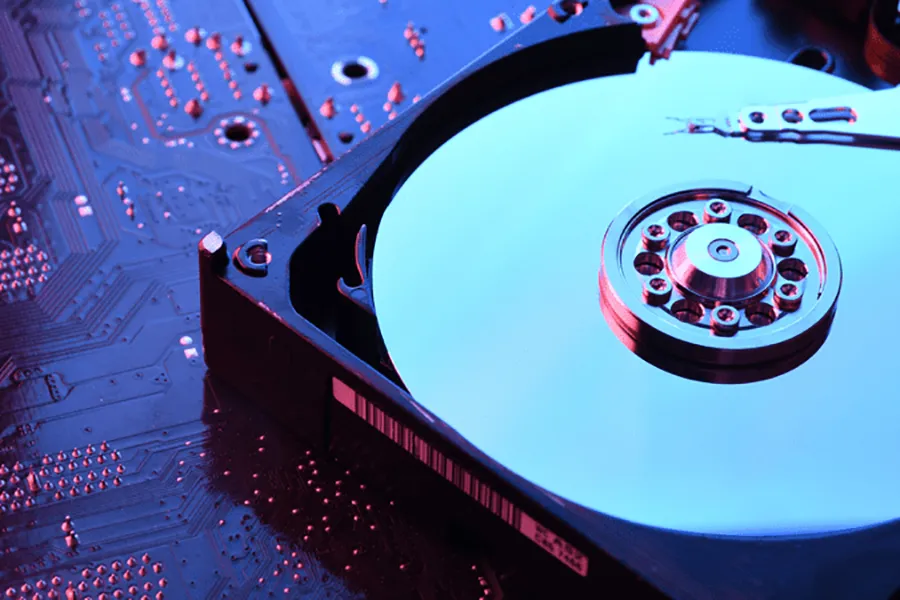In a world dominated by digital assets, data loss is an event that, unfortunately, has happened to all of us in one way or another. Fortunately, there are several so-called “forensic” applications that are capable of recovering the contents of damaged or deleted files, but what to do with the restored audio and video files if they still have defects? Videoma Archive allows you to convert the maximum usable data content, thanks to its multiple AI analyzers.
Forensic recovery of media files
Whether by accident, hardware or software failure, sometimes files are damaged or deleted. There are a number of software tools that are capable of recovering files that have been deleted in whole or in part, as well as other, so-called “forensic” tools that can recover (at least in part or to some extent) segments of damaged files. Today, many of these tools employ artificial intelligence algorithms to infer data and reconstruct sequences of information. However, they have their limitations. When a segment of original information has completely disappeared, there is not much to do. Nevertheless, in most cases it is better to have some of the content than none at all. Obviously we would like to have the complete Venus de Milo, but it is better to have the part we have, than not to have known of its existence at all.
Convert recovered audio & video into useful data
A video or audio file that has been damaged in multiple places may not be suitable for normal playback due to the multiple cuts. However, Videoma Archive can analyze the video, extract and transcribe as much audio as possible, as well as detect objects or faces in the sequences where they appear. Having this data in a text format, easily analyzable, allows the segments that have been saved to be related to each other and, together with similar files, to obtain the maximum value from the available data. In this sense, AI technologies not only help us to restore files, but also to extract the maximum value from them.

How to avoid data loss?

Naturally, the best way to avoid data loss in the first place is to have a fault-tolerant storage system (some form of RAID or redundancy) or to have up-to-date backups in a separate location, so that they cannot be affected by the same problems as the originals (power surges, flooding, etc.). The cloud, for example, is an excellent solution for having copies in a geographically distinct location.
In any case, should the worst happen, luckily there are already AI platforms such as Videoma that will help us recover and analyze the fragments we can restore.
